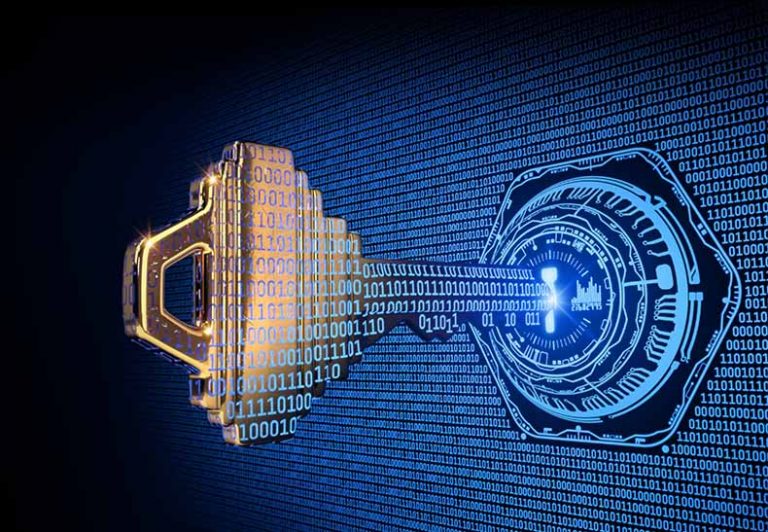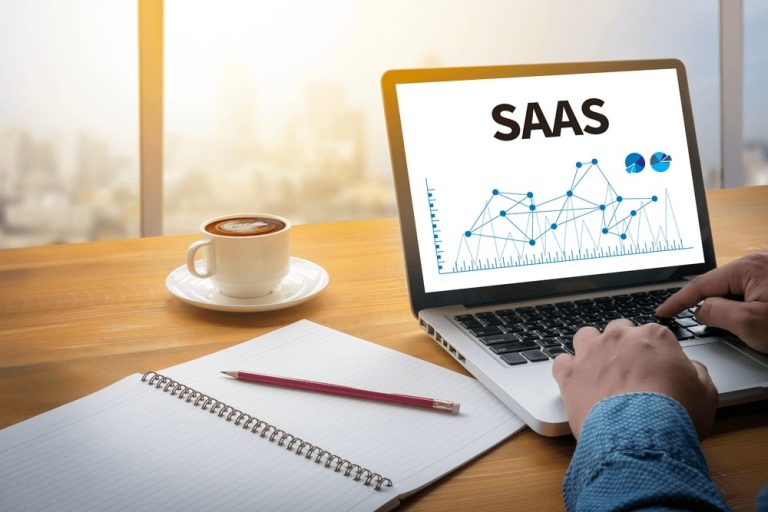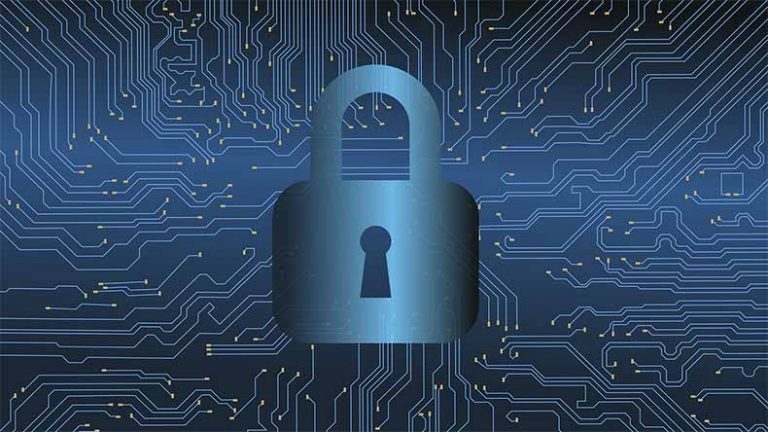The Crucial Role of SIEM Solutions in Enhancing SOC Operations
Security Operations Centers (SOCs) defend against evolving cyber threats. The Security Information and Event Management (SIEM) solution, a tool for fortifying organizational defenses, helps this work smoothly.
So, understanding the symbiotic relationship between SIEM and SOC is paramount in comprehending how these entities collaborate to safeguard digital assets. This article will reveal the vital role of SIEM solutions in enhancing SOC operations, exploring their functionalities, advantages, limitations, and transformative impact on modern cybersecurity frameworks.

Vital SIEM Components
Important SIEM components are several pivotal elements and technologies that synergize to fortify SOC operations. These components, ranging from log aggregation to automated threat detection, work to provide SOC analysts with needed visibility and actionable insights.
Furthermore, Log aggregation is a cornerstone of these essential components, facilitating the seamless integration of disparate data sources into a unified platform. It collates logs and alert data from multiple endpoints and security solutions; SIEM solutions furnish SOC analysts with a comprehensive panorama of the organizational landscape.
The Complex Cybersecurity Terrain
As cyber threats increase and grow in sophistication, organizations face mounting pressure to fortify their defenses. The SOC is an entity tasked with safeguarding organizational assets, infrastructure, and sensitive data against malicious actors. One key attribute of the SOC is its ability to swiftly detect, analyze, and respond to security incidents.
Furthermore, amidst this backdrop, SIEM solutions serve as indispensable tools, empowering SOC analysts with enhanced visibility, actionable insights, and streamlined workflows. These solutions offer a centralized platform for aggregating, correlating, and analyzing security data from disparate sources. It also enables easy threat detection and rapid incident response. However, while SIEM solutions offer many benefits, they have challenges and constraints.
Importance of SIEM in SOC Operations
The importance of SIEM in SOC operations cannot be overstated. As organizations struggle with a pile-up of cyber threats, SOC analysts rely on SIEM solutions to provide them with the necessary insights and capabilities to detect, investigate, and respond to security incidents effectively. SIEM solutions aggregate and correlate data from disparate sources, offering SOC analysts a unified view of the organization’s security posture, enabling them to identify and mitigate potential threats in real-time.
Moreover, SIEM solutions facilitate compliance management by providing organizations with the tools to monitor and report on regulatory requirements.
Critical Components of SIEM Solutions
There are several vital components within the framework of SIEM solutions that play a significant role in enhancing SOC operations. These components include;
- Log Aggregation: SIEM solutions aggregate logs and alert data from various endpoints and security solutions, providing SOC analysts with a centralized repository of security information.
- Correlation Engine: The correlation engine within SIEM solutions correlates disparate security events to identify patterns and anomalies indicative of potential threats.
- Incident Response Orchestration: SIEM solutions facilitate incident response orchestration by automating the detection, investigation, and remediation of security incidents.
- Compliance Management: SIEM solutions assist organizations in maintaining compliance with regulatory requirements by providing automated reporting and auditing capabilities.
Advantages of SIEM Systems
SIEM systems offer several advantages that enhance SOC operations, which include;
- Enhanced Visibility: SIEM solutions like Stellar Cyber provide SOC analysts with a clear view of the organization’s security posture, enabling them to identify and respond to threats more effectively.
- Improved Threat Detection: By correlating data from multiple sources, SIEM solutions can quickly identify potential threats that may go unnoticed by individual security tools.
- Streamlined Compliance Management: SIEM solutions automate compliance management processes, which allows organizations to monitor and report on regulatory requirements efficiently.
- Reduced Response Time: SIEM solutions’ automated incident response capabilities help SOC analysts respond to security incidents more quickly, reducing the impact of cyber attacks.
Limitations of SIEM Systems
- Complexity: Implementing and managing an SIEM solution is complex, resource-intensive, and requires specialized skills and expertise.
- False Positives: SIEM systems may sometimes generate false positive alerts, which can lead to alert fatigue and a reduction in the effectiveness of SOC operations.
- Integration Challenges: Integrating SIEM solutions with existing security infrastructure can be challenging, which can limit their effectiveness in detecting and responding to threats.
- Cost: SIEM solutions are costly to implement and maintain, especially for small and medium-sized organizations with limited resources.
Enhancing SOC Processes with SIEM
SIEM solutions play a vital role in enhancing SOC processes across various stages of the incident response lifecycle:
- Detection: SIEM solutions help SOC analysts detect security incidents by correlating data from multiple sources and identifying patterns indicative of potential threats.
- Investigation: SIEM solutions assist SOC analysts in investigating security incidents by providing them with the necessary context and insights to understand the scope and impact of the incident.
- Response: SIEM solutions facilitate incident response by automating the detection, investigation, and remediation of security incidents, which enables SOC analysts to respond to threats more quickly and effectively.
- Reporting: SIEM solutions automate the reporting and auditing processes, allowing organizations to monitor and report on regulatory requirements efficiently.
Spotlight on Essential SOC Tools
In addition to SIEM solutions, there are several other tools and technologies that are essential for SOC operations:
- Endpoint Detection and Response (EDR): EDR solutions help SOC analysts detect and respond to threats targeting endpoints such as desktops, laptops, and servers.
- Network Traffic Analysis (NTA): NTA solutions analyze network traffic to detect and respond to potential threats’ anomalous behavior.
- User and Entity Behavior Analytics (UEBA): UEBA solutions analyze user behavior to identify suspicious activity and potential insider threats.
- Threat Intelligence Platforms (TIPs): TIPs provide SOC analysts with timely and relevant threat intelligence to help them better understand and respond to emerging threats.
The Transformative Impact of Next-Generation SIEM
Next-generation SIEM solutions use advanced technologies such as machine learning, artificial intelligence, and automation to revolutionize SOC operations. These include:
- Advanced Threat Detection: Next-generation SIEM solutions use machine learning and behavioral analytics to identify and respond to advanced threats that may evade traditional security defenses.
- Automated Incident Response: Next-generation SIEM solutions automate incident response processes, enabling organizations to respond to threats more quickly and effectively.
- Improved Compliance Management: Next-generation SIEM solutions streamline compliance management processes by automating reporting and auditing tasks.
- Enhanced Threat Intelligence: Next-generation SIEM solutions provide organizations with access to real-time threat intelligence, helping them better understand and respond to emerging threats.
Conclusion
SIEM solutions play a major role in enhancing SOC operations by providing organizations with the necessary visibility, insights, and capabilities to detect, investigate, and respond to security threats effectively. By aggregating and correlating data from multiple sources, SIEM solutions enable SOC analysts to identify and mitigate potential threats in real-time, thus strengthening the organization’s security posture. With the advent of next-generation SIEM solutions, organizations can now revolutionize their SOC operations, ushering in a new era of active cybersecurity defense.






